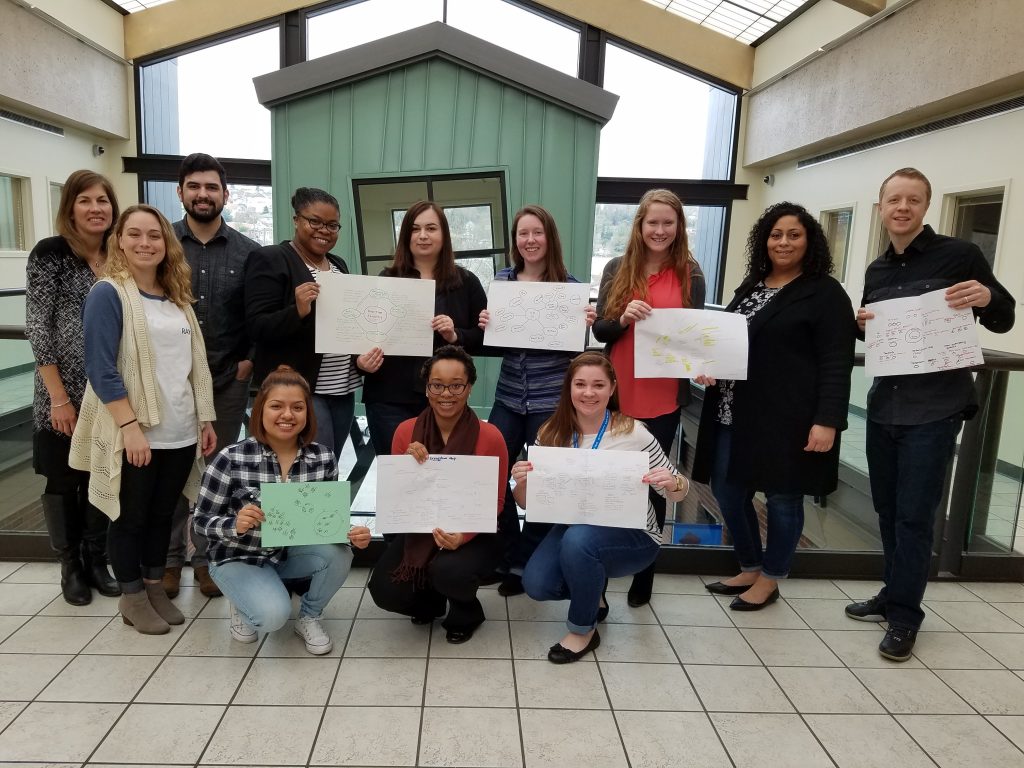In the first session of our King County-wide Partnership Ecosystem Toolkit Cohort more than a year ago, the word “partnership” came up frequently in our discussions. At one point, one of our participants raised an important question—How are we defining “partnership”? Even if a partnership has been established with a written Memorandum of Understanding between a school principal and the executive director of a youth-serving organization, it’s possible that no other evidence of partnership may exist, unless key stakeholders are working together to build relationships, listen and respond to each other’s needs, and collaborate in service of youth.
Out of this conversation emerged a new tool, the Partnership Ecosystem Mapping activity, which provides community based organization or school leaders with the opportunity to identify the complexity of relationships that exist within partnership ecosystems and commit to specific actions that will develop and sustain those individual partnerships.

When I first started drawing a map to represent the partnership ecosystem from one of my past experiences as an after-school program director, the school principal, custodian, teachers whose classrooms we used, the families whose children participated in the program, and the director of the other after-school program were the first stakeholders that came to mind. As my map grew, I remembered more people whose view of the program and actions influenced the effectiveness of our partnership, including the Department of Health inspector, the cafeteria manager, the security guard, and the principal’s secretary.
While some of the actions I took to build and strengthen these relationships were similar (learning and using their names, listening actively, being responsive to requests), I would tailor my actions to individual people and organizations as I learned more about them. For example, with the classroom teachers, we built trust through documentation—by creating a daily checklist for our staff to use to ensure we were maintaining each classroom in alignment with teachers’ expectations. With the principal, we created the opportunity for her to build relationships and trust with our 25-person staff team by, for example, being persistent in scheduling “program tours” for her until she was able to follow through and hosting her as our guest at a program staff meeting. These are the kinds of specific strategies we are brainstorming this month in our new Highline School-Community Partnerships Cohort.
Ready to take action?
Join us by participating in one of these Action Opportunities this month:
- Identify 1-3 new actions to take to develop and/or strengthen relationships with specific people and/or organizations
- Map out your Partnership Ecosystem
- Fill out the School Partner Programs and Services Inventory to see what more you can learn about the partner(s) in your school building
- Be more strategic with your periodic partner check-ins and communication strategy. Check out the Working Together section of the Toolkit for tools that include Partnership Meeting Topics and Sample Agenda, Planning for Ongoing Communication, and a Tip Sheet for Planning Equitable Meetings.
- Invite a potential or existing partner out for coffee.
Best wishes for new and stronger connections!



